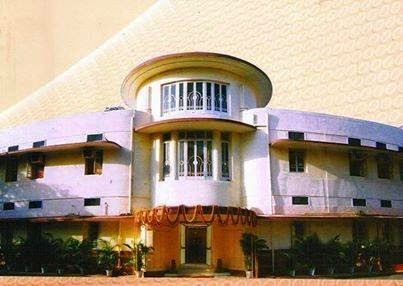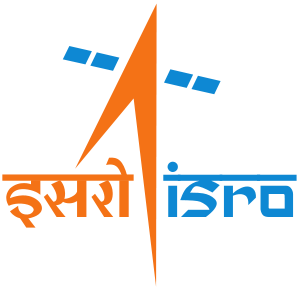“Public interest Litigation (PIL)”, in simple words, means, litigation filed in a court of law, for the protection of “Public Interest”, such as pollution, Terrorism, Road safety, constructional hazards etc.
Public interest litigation is the power given to the public by courts through judicial activism. However, the person filing the petition must prove to the satisfaction of the court that the petition is being filed for a public interest and not just as a frivolous litigation by a busy body. The aim of PIL is to give to the common people of this country access to the courts to obtain legal redress.
PIL had begun in India towards the end of 1970s and came into full bloom in the 80s. Justice V.R. Krishna Iyer and Justice PM. Bhagwati, honorable Judges of the Supreme Court of India.
The first legal aid office was established in New York in 1876. In the 1960s the PIL movement began to receive financial support from the office of Economic Opportunity, This encouraged lawyers and public spirited persons to take up cases of the under-privileged and fight against dangers to environment and public health and exploitation of consumers and the weaker sections.
The Supreme Court (SC), through its successive judgements has relaxed the strict rule of ‘locus standi‘ applicable to private litigation.
Different ways to file a PIL
The different ways PIL can be filed in the Supreme Court and High Courts are;
- Sending letter petitions with relevant facts and documents to the Chief Justice of the concerned court. The matter must be sent by registered post.
- By directly filing the PIL in the court through the Free Legal Service Committee of the court.
- Directly filing the case with the help of any PIL lawyer.
- Filing the case through NGOs or PIL firms.
“Public Interest Litigation is a legal action initiated in a court of law for the enforcement of public interest or general interest in which the public or class of the community have pecuniary interest or some interest by which their legal rights or liabilities are affected.”
Public Interest Litigation’s explicit purpose is to alienate the suffering off all those who have borne the brunt of insensitive treatment at the hands of fellow human being. Transparency in public life & fair judicial action are the right answer to check increasing menace of violation of legal rights.
PIL represents the first attempt by a developing common law country to break away from legal imperialism perpetuated for centuries. It contests the assumption that the most western the law, the better it must work for economic and social development such law produced in developing states, including India, was the development of under develop men.






